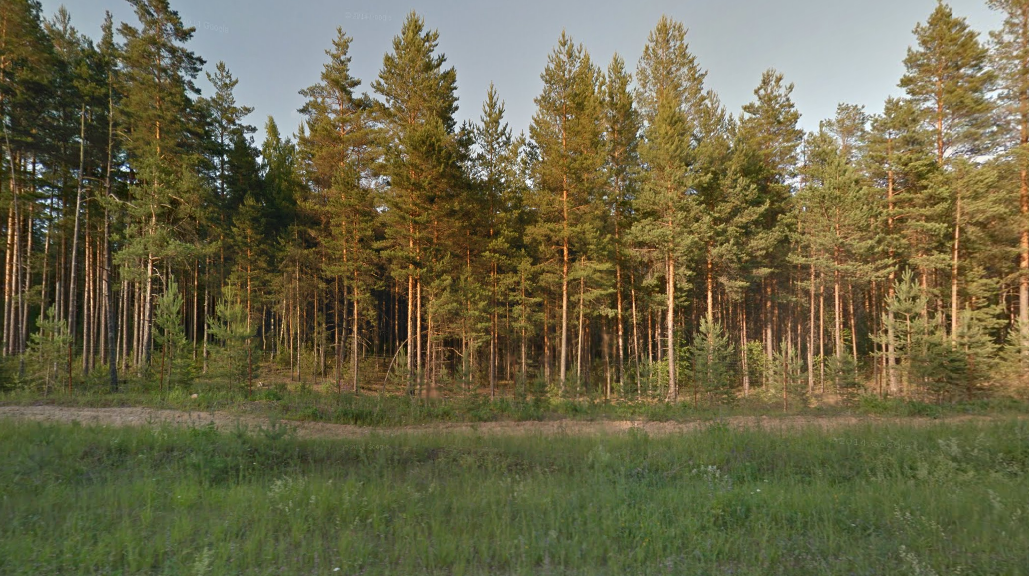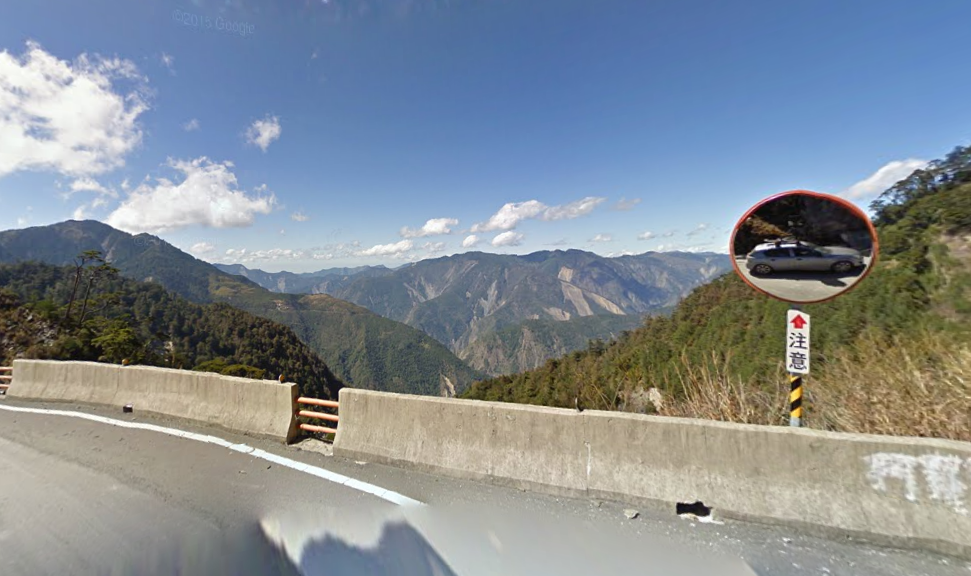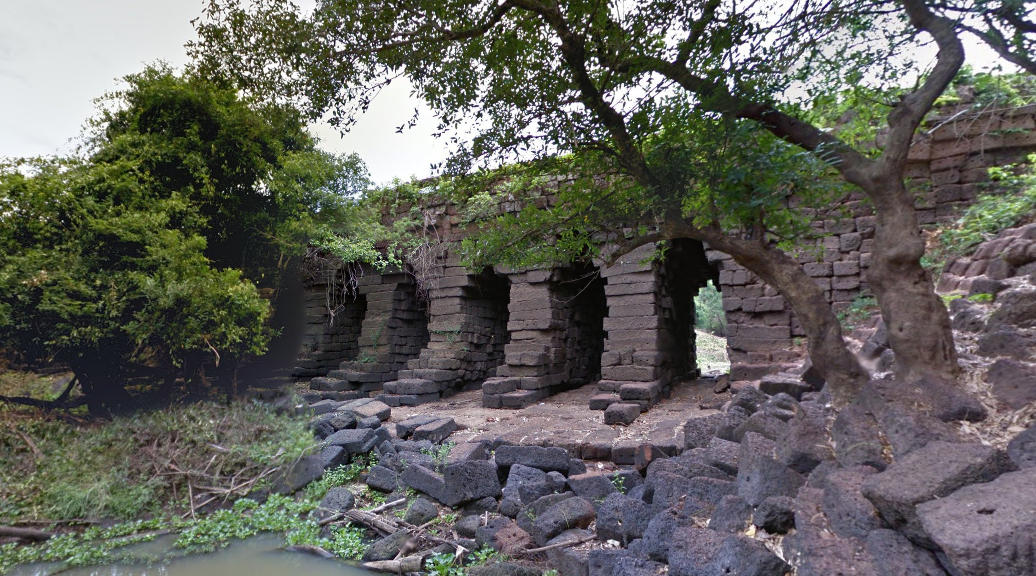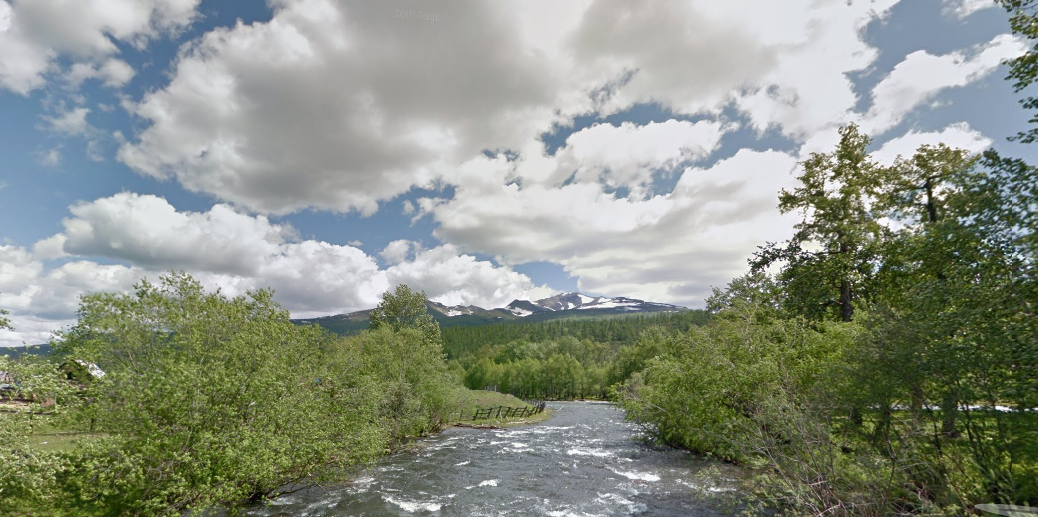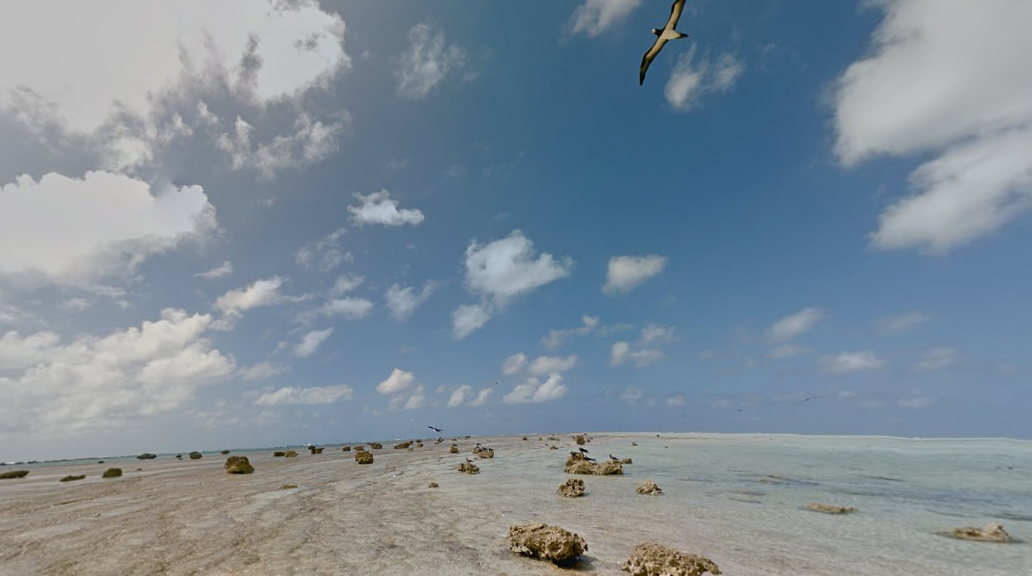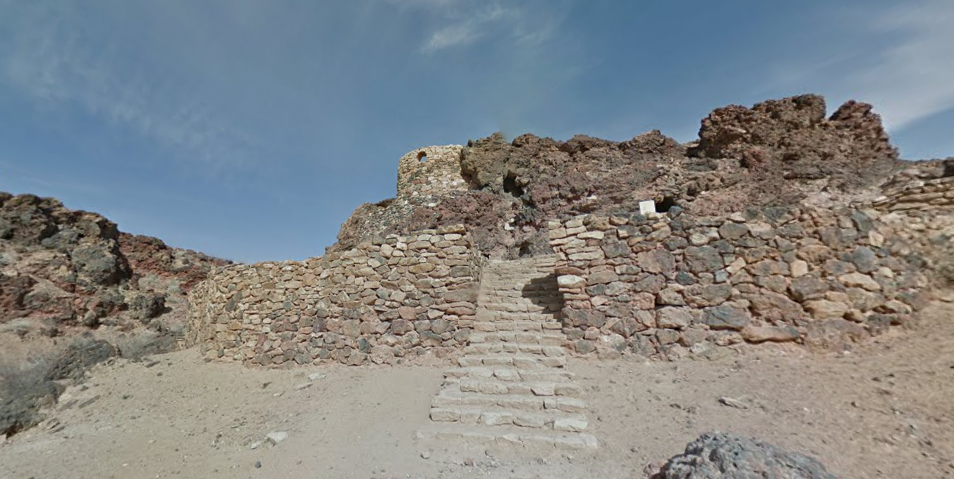Perennious trees line the road across the Saatse Boot area of Russia, linking the Estonian villages of Lutepää and Sesniki. The 900 m stretch of Russian road is noteworthy in that, up until recently, it was the only way to reach a number of Estonian towns – making them into virtual exclaves, impossible to reach from the rest of Estonia without traveling through Russian territory.
Árboles de hoja perenne rodean la carretera que comunica las aldeas estonias de Lutepää y Sesniki atravesando el área rusa conocida como la Bota de Saatse. La particularidad del tramo ruso de carretera, de apenas 900 m, es que hasta hace bien poco era la única vía de comunicación hacia varias poblaciones estonias; éstas eran exclaves virtuales, imposibles de alcanzar desde el resto de Estonia sin pisar territorio ruso.

